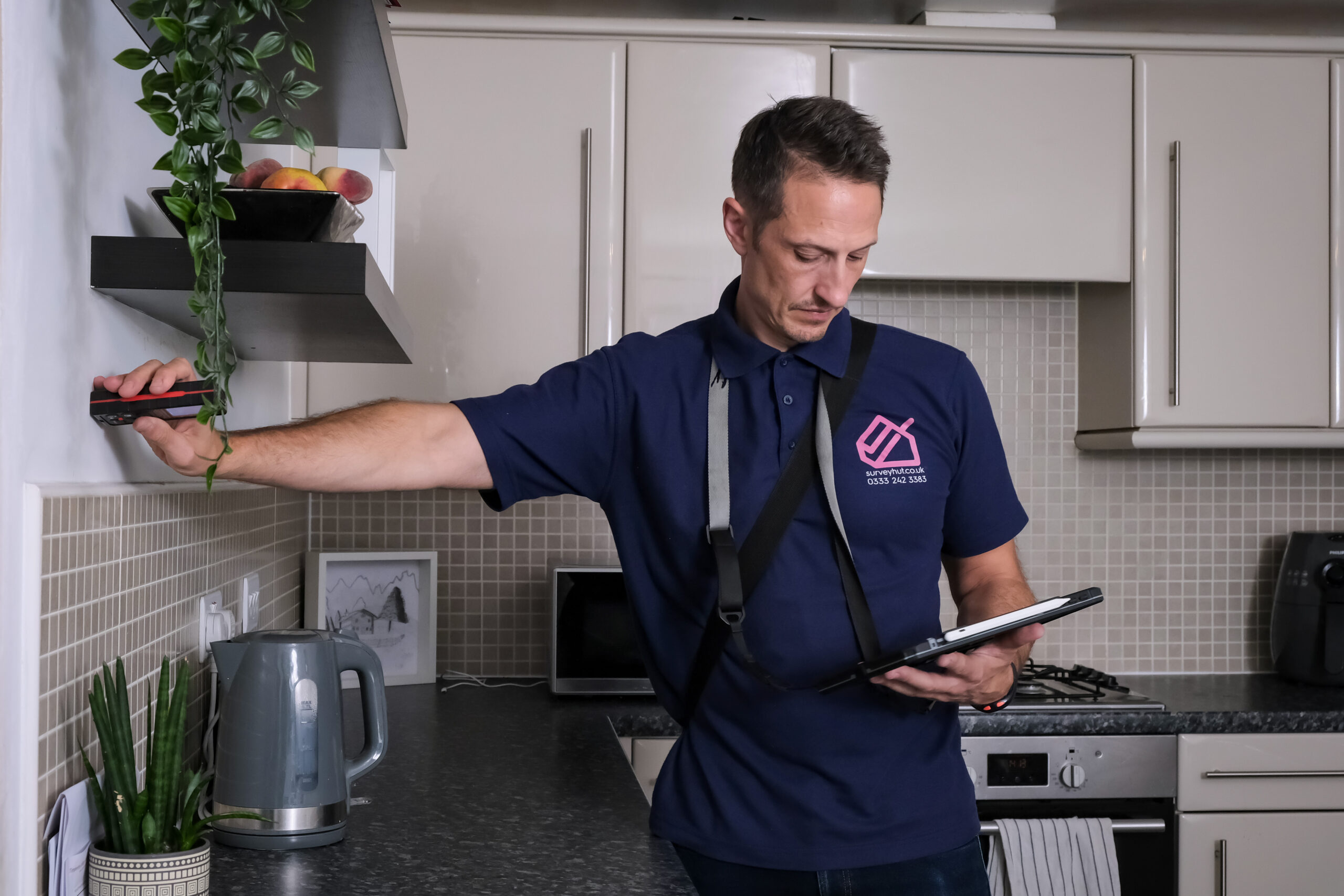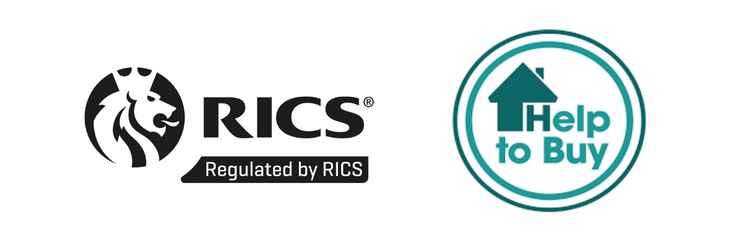The Help to Buy scheme had become a cornerstone of the UK government’s efforts to assist first-time buyers and home movers up the property ladder. The initiative offered an equity loan that significantly reduced the upfront cost of buying a new-build home, allowing you to contribute with as little as a 5% deposit while the government lent you up to 20% (or up to 40% in London) of the home’s value. So, what’s there to know, now that Help to Buy has officially come to an end in England?
Exploring the Help to Buy scheme with Survey Hut’s guide, you’ll gain valuable insight into how it worked, what was to be expected in terms of monthly repayments after the interest-free period ended, and how property market shifts may affect your investment. Whether you’ve bought a home using the Help to Buy scheme and are looking to remortgage, sell, or pay back the loan, this guide aims to provide you with the complete background to the scheme, as well as some alternatives to Help to Buy in 2024.
It’s important to note that, whilst the Help to Buy scheme is now unavailable to most of the UK, prospective buyers in Wales can still apply until 2025.
Understanding the Help to Buy Scheme
The Help to Buy Scheme was a government initiative designed to help first-time buyers secure a mortgage with just a 5% deposit, making homeownership more accessible.
Eligibility and Criteria
To qualify for the Help to Buy Scheme, you needed to meet specific criteria. You must have been a first-time homebuyer purchasing a property you intended to occupy as your primary residence. Your household income was also assessed to ensure it fell within permissible limits set by the scheme.
- First-time Buyer: Only available if you had never owned property before.
- Income Limits: Your household income couldn’t exceed a certain threshold.
- Primary Residence: The purchased property must have been your main and only residence.
Financial Implications
The financial aspect of the Help to Buy Scheme involved a government equity loan that supplemented your deposit and mortgage. Here’s how the finances break down:
- Deposit: Minimum 5% of the property price.
- Equity Loan: Up to 20% (40% in London) interest-free for the first 5 years.
- Mortgage: You must have secured a mortgage for the remaining 75% (or 55% in London) of the property value.
Note: After 5 years, interest applied to the equity loan at a rate starting at 1.75% and rising annually by the Retail Price Index (RPI) plus 1%.
Property Types Covered
The Help to Buy Scheme was applicable to new-build homes. These must have adhered to the following:
- New-Build Homes: Only applicable to newly constructed properties.
- Price Cap: Each region had a maximum property price to qualify for the scheme.
Region | Price Cap |
South East | £437,600 |
North West | £224,400 |
London | £600,000 |
Pros and Cons of the Help to Buy Scheme
Advantages
Increased Accessibility: One of the scheme’s standout benefits was making property ownership more accessible to homebuyers. With as little as a 5% deposit required, you were able to enter the housing market sooner than you might have without the scheme.
- Government Equity Loan: This loan could cover up to 20% of the home’s value (40% in London), interest-free for the first five years, reducing the mortgage you needed from a bank.
- Smaller Mortgage Required: Since the government loan was interest-free initially, you enjoyed lower monthly repayments in the first few years of homeownership.
Drawbacks
Limited to New Builds: The scheme only applied to new-build homes, which limited your options if you prefered older properties or specific locations.
- Property Price Cap: There was a maximum value on homes you could purchase using the scheme, which restricted you in high-value locations.
- Repayment and Interest: After five years, interest accrued on the government loan, potentially increasing your monthly outgoings. Additionally, the equity loan meant the government owned a share of your property, so if your home increased in value, you paid back more.
Alternatives to Help to Buy in 2024
If you’re looking into buying a home and find that the Help to Buy scheme isn’t available anymore, don’t worry—there are several other options to consider that may be a better fit for your circumstances. Here are a few alternatives to Help to Buy as of 2024:
- Shared Ownership: This allows you to buy a share of your home (between 25% and 75%) and pay rent on the remaining share. You can buy additional shares in your home over time, known as staircasing.
- Lifetime ISA: Use a Lifetime Individual Savings Account (ISA) to save for your first home. You can put in up to £4,000 each year until you’re 50 and the government will add a 25% bonus to your savings, up to a maximum of £1,000 per year.
- Right to Buy: If you’re a council tenant, you might be eligible to buy your home at a discount under the Right to Buy scheme. The size of the discount depends on how long you’ve been a tenant.
- Right to Acquire: This scheme offers a similar discount to Right to Buy but is designed for housing association tenants.
Remember to check the eligibility requirements for each of these alternatives as they may have specific conditions that you need to meet. It’s also worth consulting with a mortgage advisor to discuss the best option for your financial situation.
Get in touch with Survey Hut today for a comprehensive Home Survey. We are held to the highest professional standards by the RICS, so you know that you’ll get a high-quality report. Make sure your perfect home, is perfect.
Sharing is caring!




